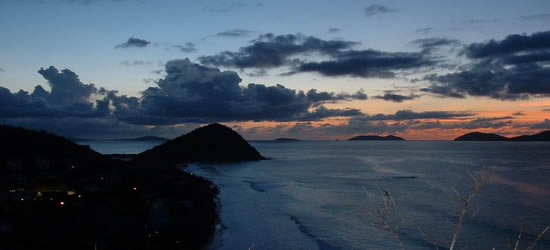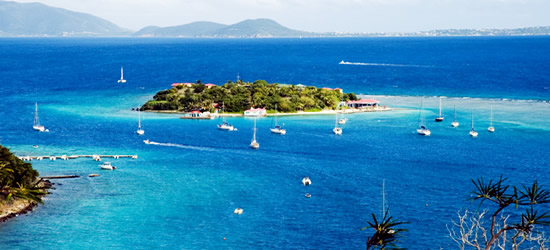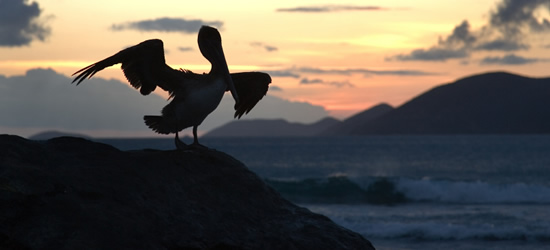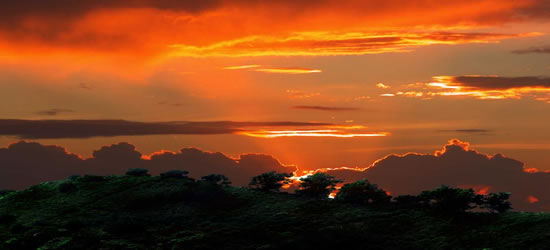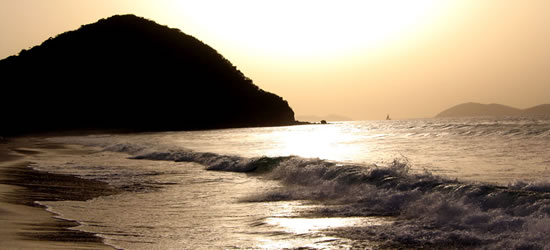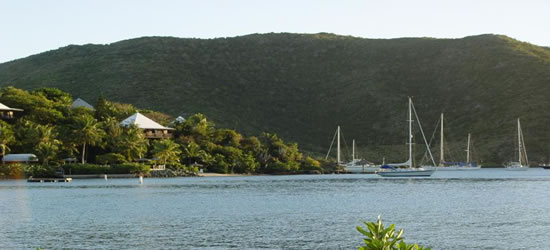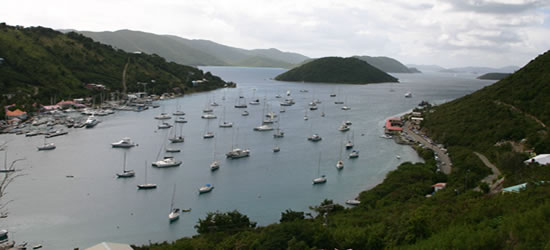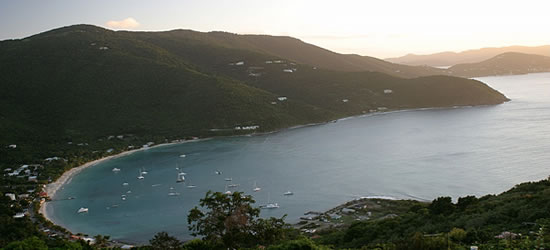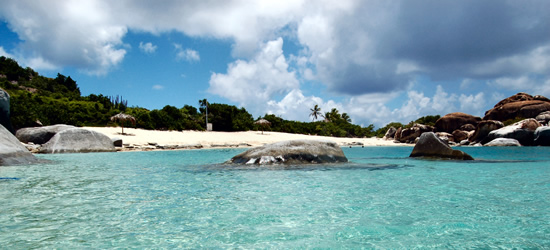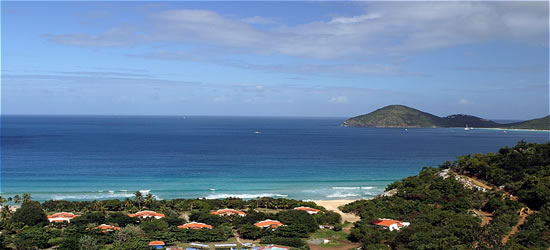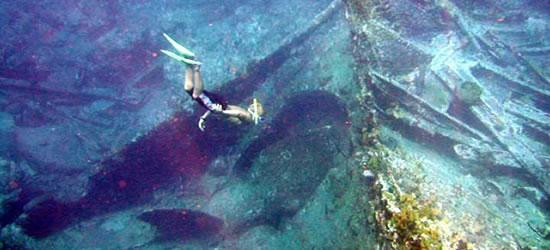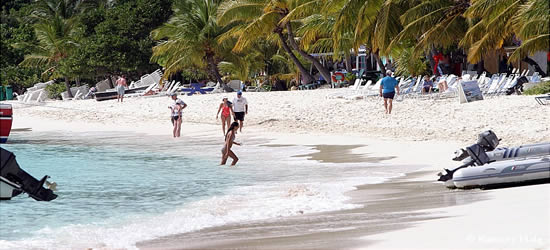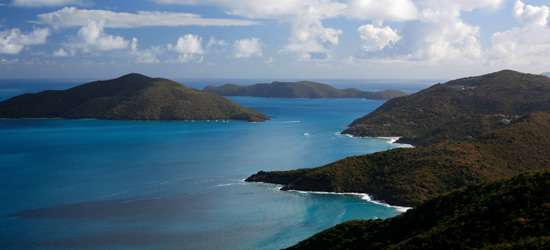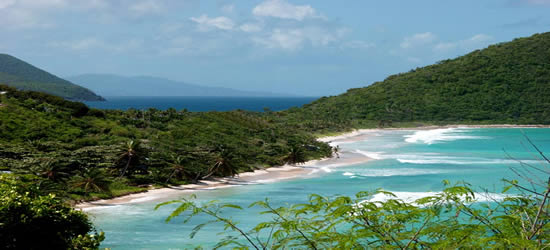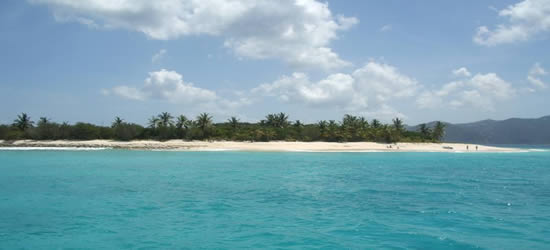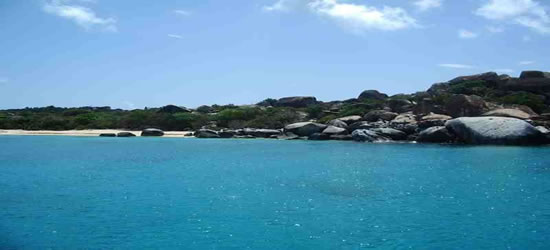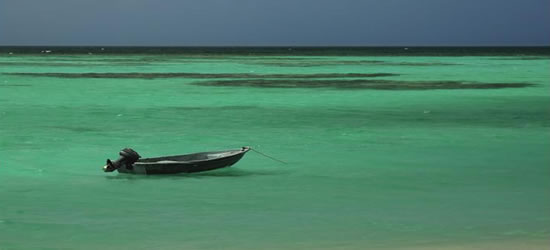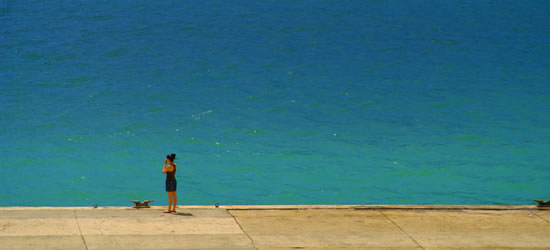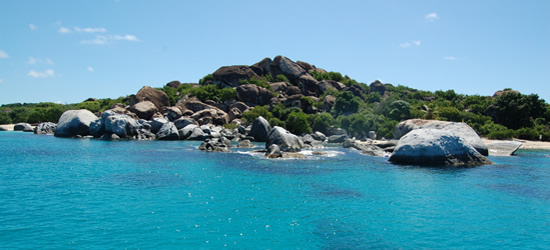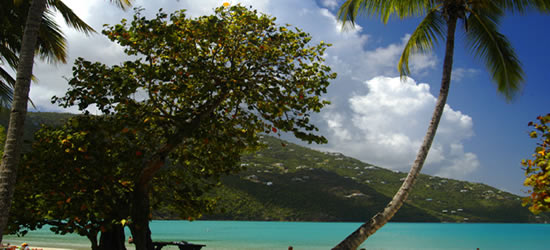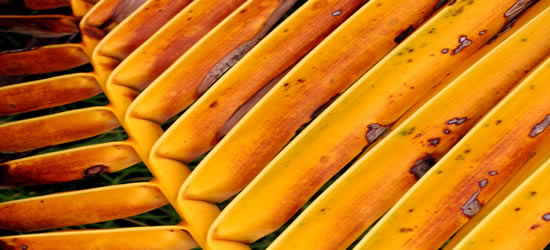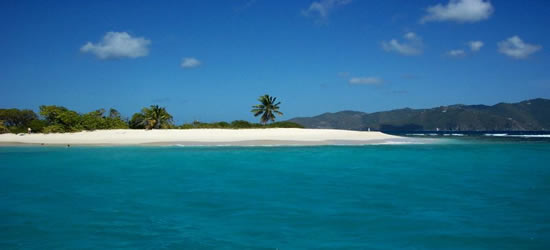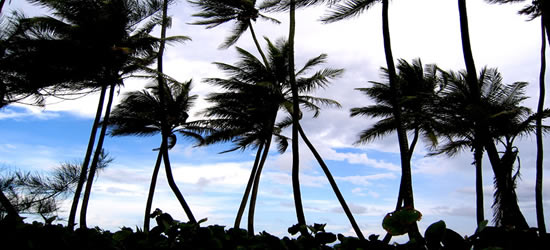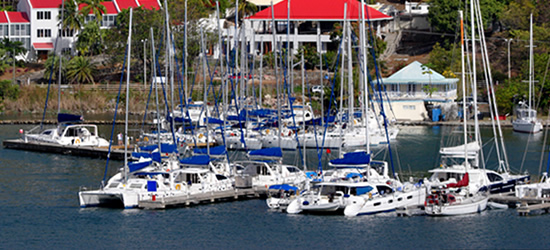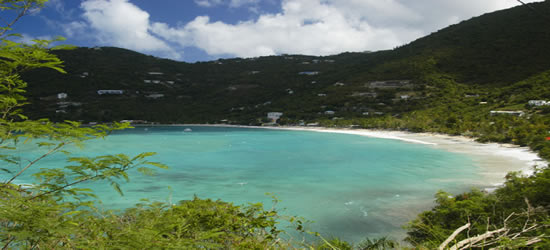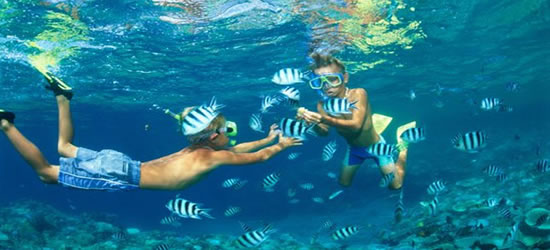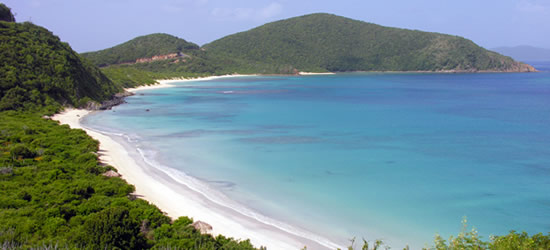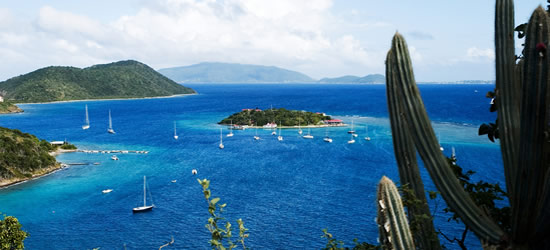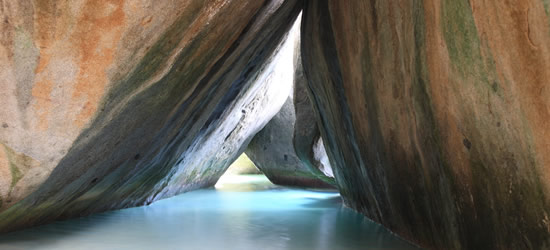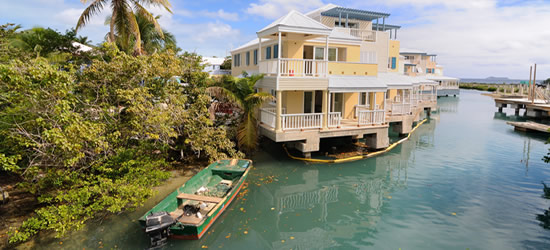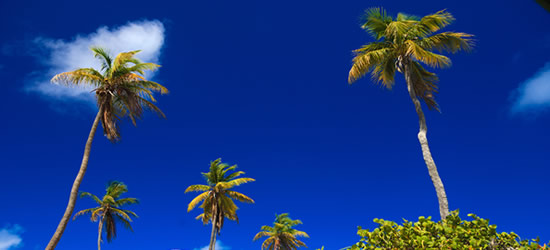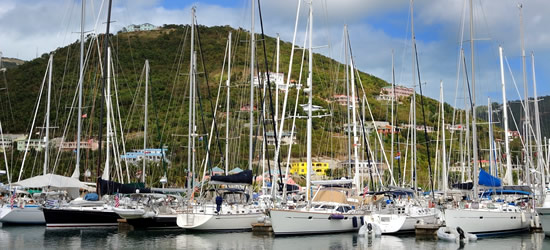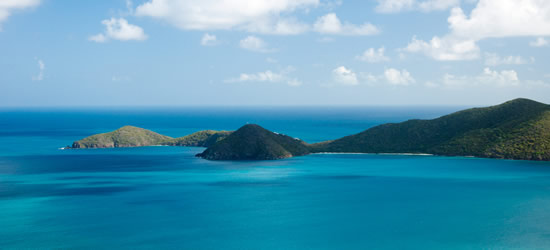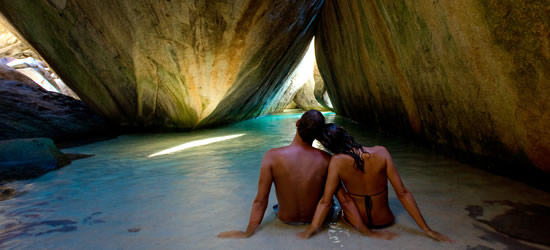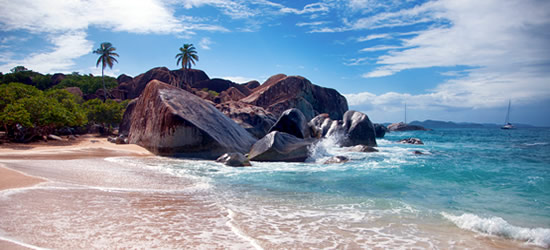Poised between the Atlantic and Caribbean Sea is a host of 60 islands and islets, its collective name of British Virgin Islands an allusion to their mostly untouched state. Of these mountainous entities and the rare, flat sand bars, Tortola Island hosts the capital city of Road Town. Meaning “turtle dove”, the gentile nature of its name translates into the lush palms and white beaches lining Tortola’s coast.
The history of the British Virgin Islands intertwines closely with colonial movements and pirate activity. Originally coined the “11,000 Virgins” (or, Las Once Mil Virgines) by Columbus in the late 1400s, it was later ruled over by the Dutch for a short stint. Great Britain later claimed the islands in 1666; which is indicative in the name. Those with interest in pirates will recognize infamous names such as Captain Kidd and Blackbeard, who secured hiding places within the numerous coves in the area.
Warm waters and seaside hostels aside, Tortola’s mountain range puts hiking and climbing at the top of the to-do list. At 1,780 feet high, Mount Sage is a formidable climb that offers unparalleled views up top. Virgin Gorda, the second largest island after Tortola, touches sky and sea with Gorda Peak National Park and Devil’s Bay National Park. Inclusive of the latter is a well-known beach coined “The Baths”, moniker derived from its multi-layered waters and surrounding rock formations. Kitesurfing, snorkeling and sailing are also popular past-times.
For a bit more fun and pomp, visit Jost Van Dyke. Gathering yachts and land-bound tourists alike, it is a lively island with restaurants and bars along its short diameter. Nonetheless, it offers a slight variation from solely diving and snorkeling activities.






